As posted on Right Way to be Green by author and RANGE contributor Dan Dagget
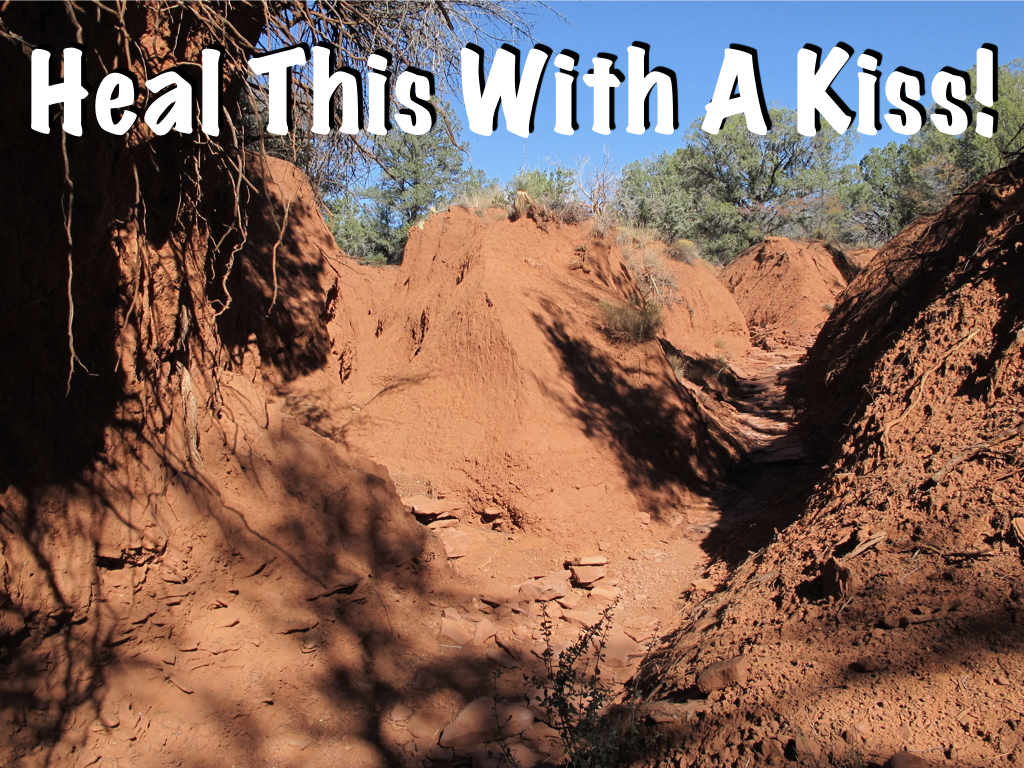
(This post originally appeared as an article in the Winter 2021/2022 issue of Range Magazine)
Recently, while surfing TV during an evening at home social distancing, my wife and I ran across a link to a movie on Netflix entitled “Kiss The Ground,”The movie is narrated by Woody Harrelson, of TV (Cheers) and movie fame, and directed by the Tickells, Josh and Rebecca, who specialize in movies “with a social message.” The “Kiss” described in the movie is more than a show of appreciation for the earth that supports us and other life, it describes a way to deal with climate change and other elements of the “unprecedented decline in nature” that many believe currently threatens all life on Earth.
Notably, the Kiss has been getting a lot of attention (9,544,780 viewers the last time I checked). The reason for that, I believe, is the fact that this short film doesn’t merely address slowing, or even just stopping, the global warming, massive desertification, species extinctions, etc. that allegedly threatens life on Earth. The Kiss claims to reveal the means to reverse all these life-threatening problems by providing a simple solution that is “right under our feet,” and “as old as dirt. We call it soil, earth, or ground.”
How could soil be the simple solution to problems as vast as climate change and global warming? Narrator Harrelson tells us that one reason is because of “its vast scale.” (There’s lots of dirt on Earth.), and all that dirt is able to “to sequester immense quantities of greenhouse gases (carbon),” In fact, Kiss commentator, Monsieur Le Foll, the French Minister of Agriculture, claims, “The soil environment can hold more carbon than the atmosphere and plants living on the surface of the soil combined.”
“That’s why some people are racing to save our soil in hopes our soil just might… save us.” Harrelson declares, because if we don’t save the soil and there is a continued diminishing of its ability to sequester carbon, the result will be more carbon in the atmosphere, more climate change, more desertification, more species extinctions. And, you got it, more of the unprecedented decline.
The Kiss lays the main blame for this avalanche of disasters on “modern agriculture,” specifically on the type that uses extensive tillage (plowing) and spraying of chemicals (fungicides, herbicides and insecticides) to produce food for all of us humans. Via these practices, Kiss tells us, modern agriculture is transforming soil held together by the glue of microorganisms and the tentacles of plant roots, from a living community capable of storing and cycling carbon, into a pile of dead dirt. And when soil becomes dirt, it is subject to erosion — erosion so massive, “According to the United Nations the world’s remaining topsoil will be gone within 60 years.”
At this point the Kiss’s narrative had my alarm bells ringing so loud I was expecting an avalanche of mind-blowing photos of catastrophic erosion, desertification, soil heating and the like.
However, the photos presented in the movie to make its case that modern agriculture is causing such massive erosion set off another set of alarms for me.
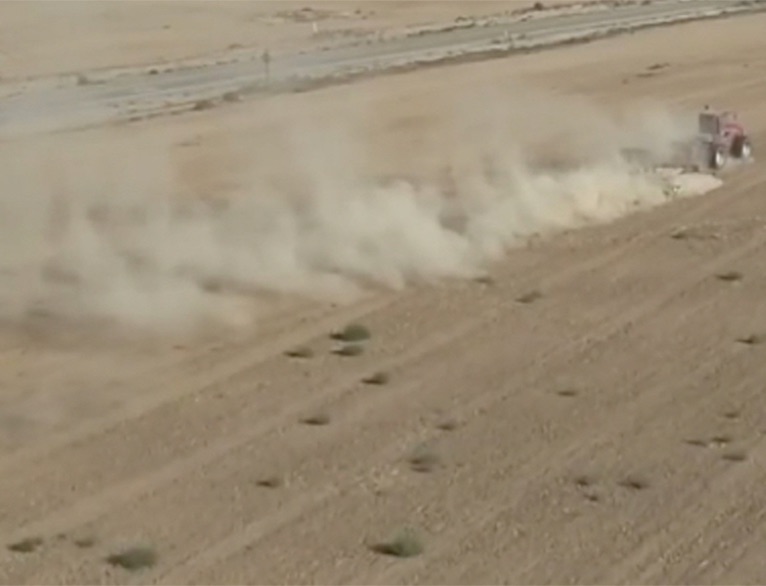
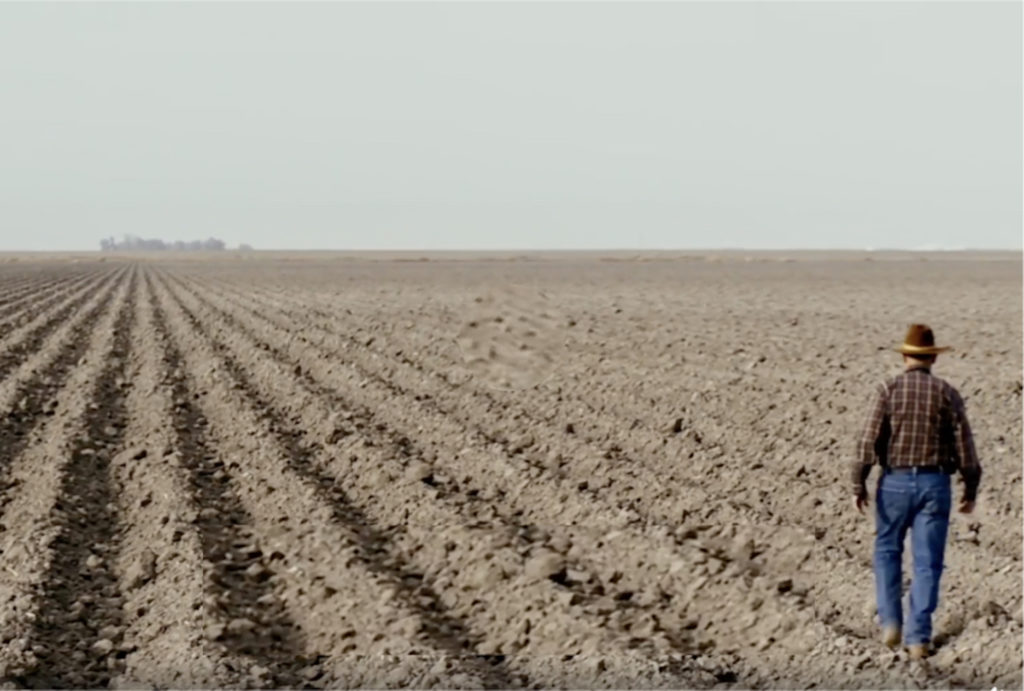
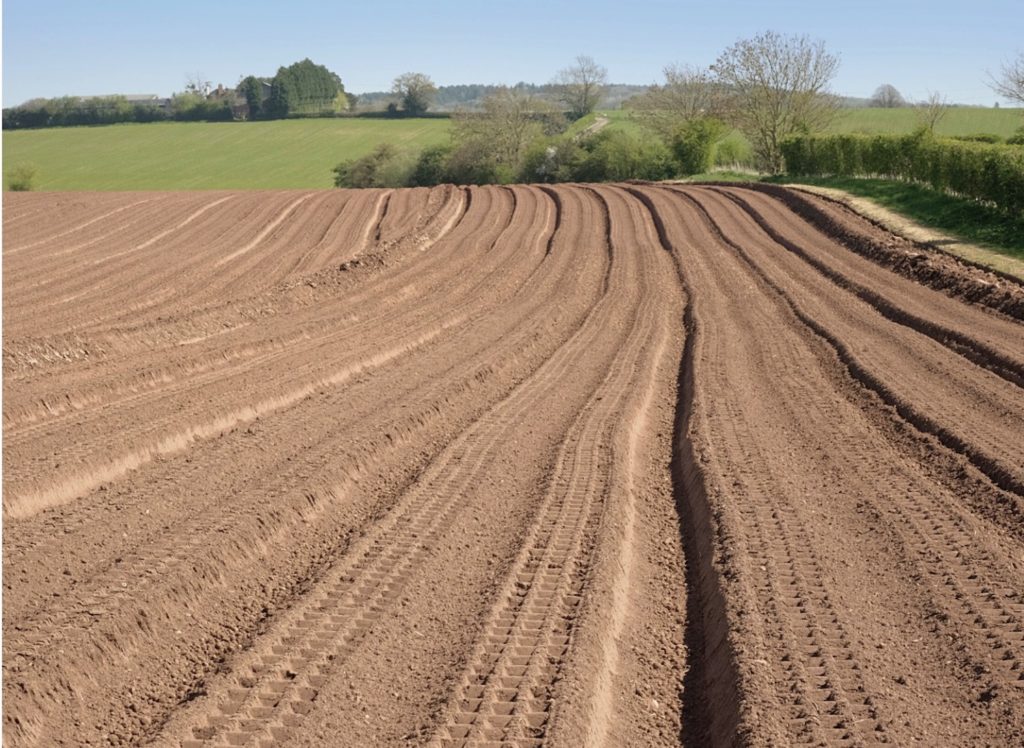
As I viewed these photos that the Kiss shows to confirm that the processes of modern agriculture — plowing and use of chemicals — is causing erosion so massive “According to the United Nations the world’s remaining topsoil will be gone within 60 years,” my memory flashed back to images from photos I had taken (many of which have been published in Range Magazine, on this website and on presentations I have given across the U. S.). These photos showed much more massive erosion, more complete desertification, greater reduction in biological diversity and apparently much greater carbon loss than the photos presented by the Kiss. With those “flashes” in mind, I couldn’t help but wonder: Why are we being shown photos like this, instead of photos of examples that show much greater damage and that more effectively confirm and magnify the alarms the Kiss is sounding?
Here are some photos that should have your alarms ringing!
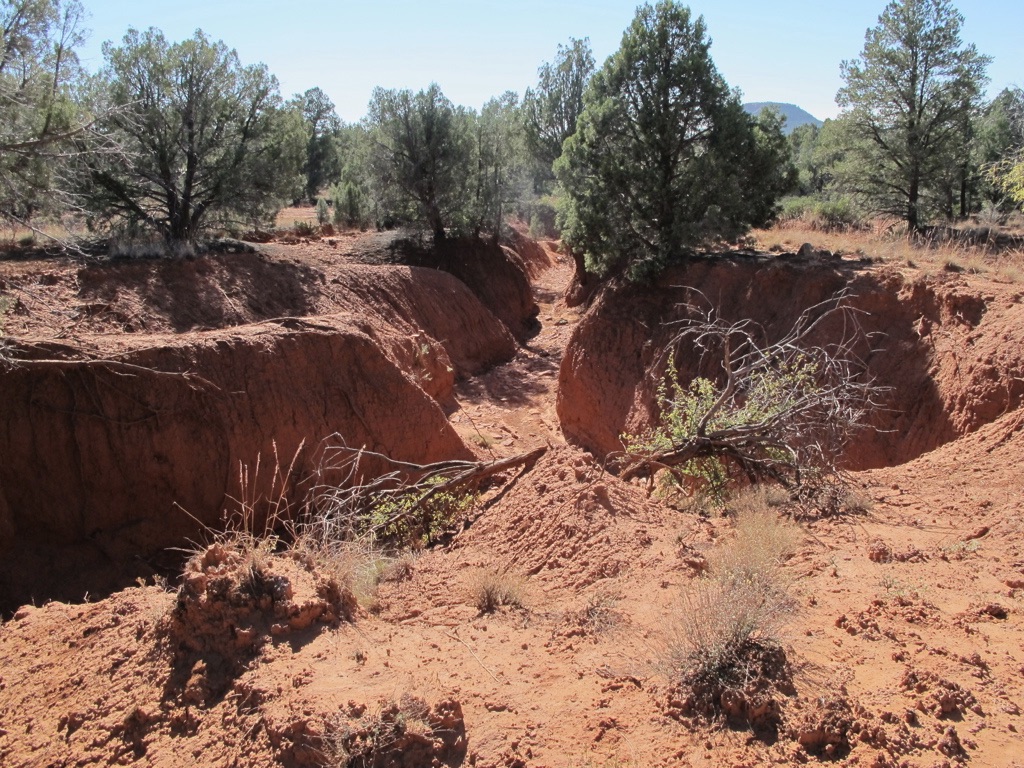
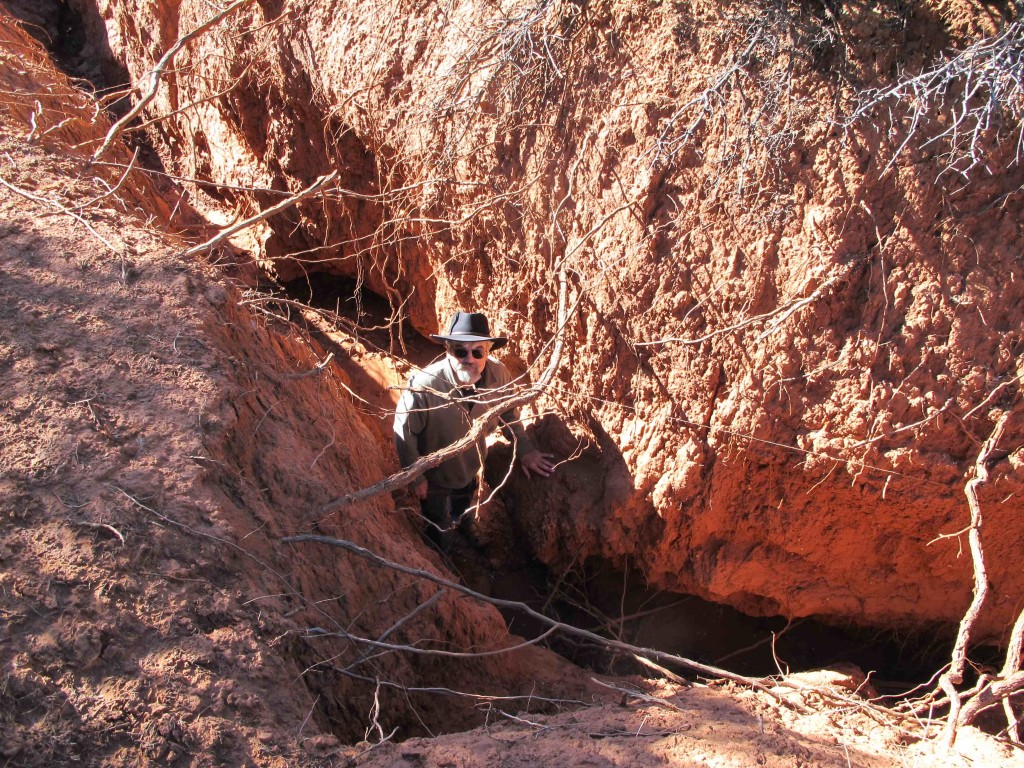

Note: These photos of alarming impacts achieved by means other than “plowing and use of chemicals” are not offered to belittle the Kiss’s claims about how modern agriculture harms soil health and function. What they are intended to do is expand the scope, scale, accuracy, and effectiveness of the Kiss — In other words, make it a bigger and better kiss (and less of a miss) by showing that the Kiss’s observations, principles, recommendations and blame apply well beyond the realm of agriculture.
One way to expand the scope and relevance of the Kiss is to show that reducing the soil’s ability to sequester carbon, and by so doing creating climate change (plus erosion, desertification, and loss of species), doesn’t happen only on farmland. It happens on land impacted by mining, logging, recreation and something else that may surprise many of us. The severe erosion, desertification, life reduction shown in the photos above happened (and is happening) on land managed in a way that is not only considered to be the antithesis of mechanical and chemical agriculture but is widely considered to be the cure for its effects. The land in these photos is managed according to what is officially known as “protection” or “preservation.” I have similar photos of places that have been “protected” for as long as 75 years.
If, as these photos show, even land that is being “protected” can be in dire need of a Kiss-style healing, it makes sense to ask, why isn’t Kiss, the movie, (and the book on which it is based) sounding the alarm about this, too? If the world’s remaining topsoil will be gone within 60 years because of the soil loss due to modern agriculture, how much faster will it be gone if the loss of soil shown in the photos of protected land not only continues without being dealt with, but is magnified and speeded up by ”protecting” even more land? This is not an insignificant question, since land managed according to “protection,” according to several sources, includes about 292 million acres or 12 percent of the land area of the USA and is presently in the process of being increased. How much will this magnify global warming, massive desertification, species extinctions, etc.? Good question! But it’s a question not enough of us are asking, which is why the alarm being sounded is so dim that few of us can hear it.
(Actually more people are beginning to sound this alarm. Check relevant posts to that effect regarding the Audubon Society and Sierra Club in rightwaytobegreen.com)
For those of us who are hearing this alarm, it leads to another important question: Can the same kind of Kiss that reduces the “unprecedented decline” on land impacted by modern agriculture be just as effective on protected land, even land as devastated as that shown in the photos above? Initially, the answer seems to be, “No.” The main remedy the Kiss recommends to keep ag land from contributing to climate change is to ditch the plow and chemicals, and switch to no till, no chem “farming like nature does.” Unfortunately, this remedy is irrelevant on land that doesn’t get plowed or treated with chemicals, as is the case with land that is “protected.”
There is another Kiss, however, that is relevant on “protected” land. This Kiss revives the process by which ecosystems are able to recapture carbon from the atmosphere and re-store it in the soil and in the carbon life forms the soil supports — plants, animals, us. This process is called, “drawdown.”
According to Paul Hawken, author of Regeneration, Ending The Climate Crisis In One Generation, another commentator in the “Kiss,” drawdown happens via “bio sequestration.” which involves “using plants, trees, perennials, and techniques of grazing and farming to capture carbon and store it in the sink of the soil.” If we apply this method in a rigorous, but reasonable way, Hawken claims, “over 30 years, we can reverse global warming.”
For a “rigorous but reasonable way” to create bio sequestration and drawdown via grazing, one can hardly go to a better source than Allan Savory, the originator of Holistic Management which could be described as: a way to “ranch like nature does.“ According to Savory, who is also featured on “Kiss,” herding livestock (cows and other grazers/browsers) so that they stay together, keep moving, and don’t return to the same area for a significant amount of time, causes them to function like the “large herds of bison and elk herded by predators, that created the Great Plains in North America.” This, says Savory, creates a grassland heartbeat, a lub-dub, that effectively pumps carbon into the soil, allows full recovery of impacted areas, and prevents overgrazing.
Savory and other commentators in the Kiss describe how this way of “ranching like nature does,” which has been given the name “regenerative,“ aids a long list of beneficiaries from soil microbes (dirt’s anti-erosion glue) to nematodes, mycorrhiza, fungi, worms, grassland birds and even to the rain cycle.
Expanding on these testimonials, narrator Harrelson quips, “Cows can be good. That is one of the most controversial statements… of mankind at this point.” Then he backs up himself, and the commentators, by proclaiming
“We can get the Earth back to the garden of Eden that it once was by regeneration.”
“Back to the garden of Eden! — time to celebrate?” Now comes the bad news — the real reason spreading the Kiss to include what it’s missing (which would be truly beneficial) is not going to be easy. For one thing, Kissing the ground, at least the grazing version as explained in the movie, is banned on much of the land that is certified as “protected” even if that land is extremely eroded and desertified as that shown in the examples illustrated above. In fact, on these lands even testing the Kiss, to see if or how well it would work, is prohibited. The irony in this is, the results in cases where the Kiss has been applied to heal erosion and desertification totally rebut the ecological reason grazing is banned on these and other lands — the claim that protecting the ground from the Kiss (grazing version) is a move to keep the “unprecedented decline of nature from happening.” In fact, these results back up the claim that protecting the land from the grazing Kiss actually can cause the “unprecedented decline” to happen!
Does the ground itself offer testimonials to back this up? You’ve seen some of the negative part of that testimony. Here comes the positive.
Consider this actual application of the grazing Kiss on land that is available for that application, i.e. not “protected”. Even though the land in this example is not as eroded as the protected land shown in the photo, the results one year later show the ground’s affirmation that the Kiss truly works.
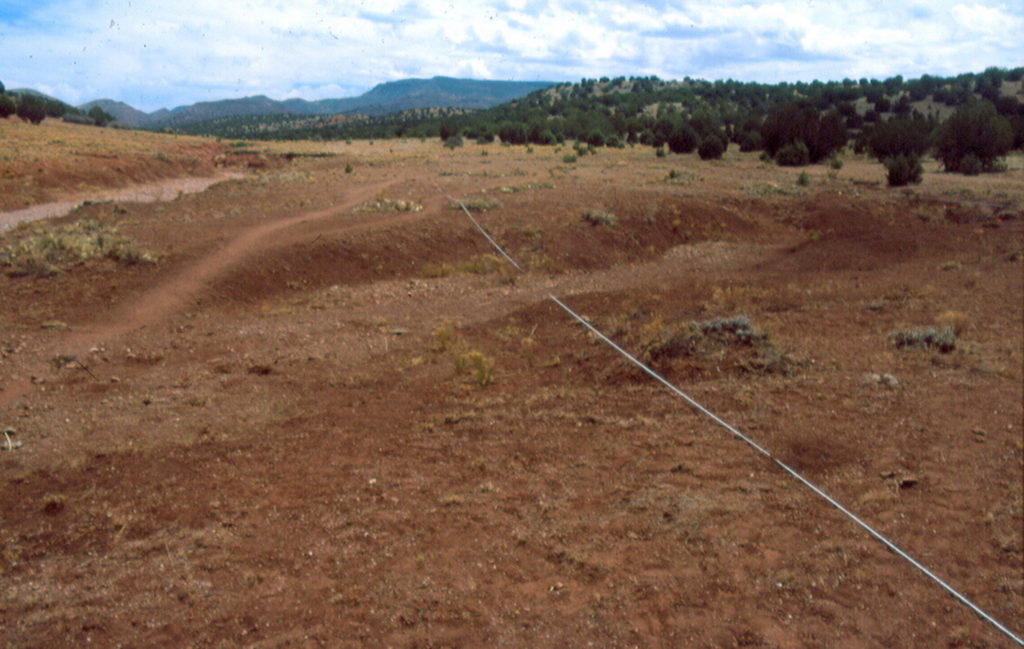
Land in need of a Kiss
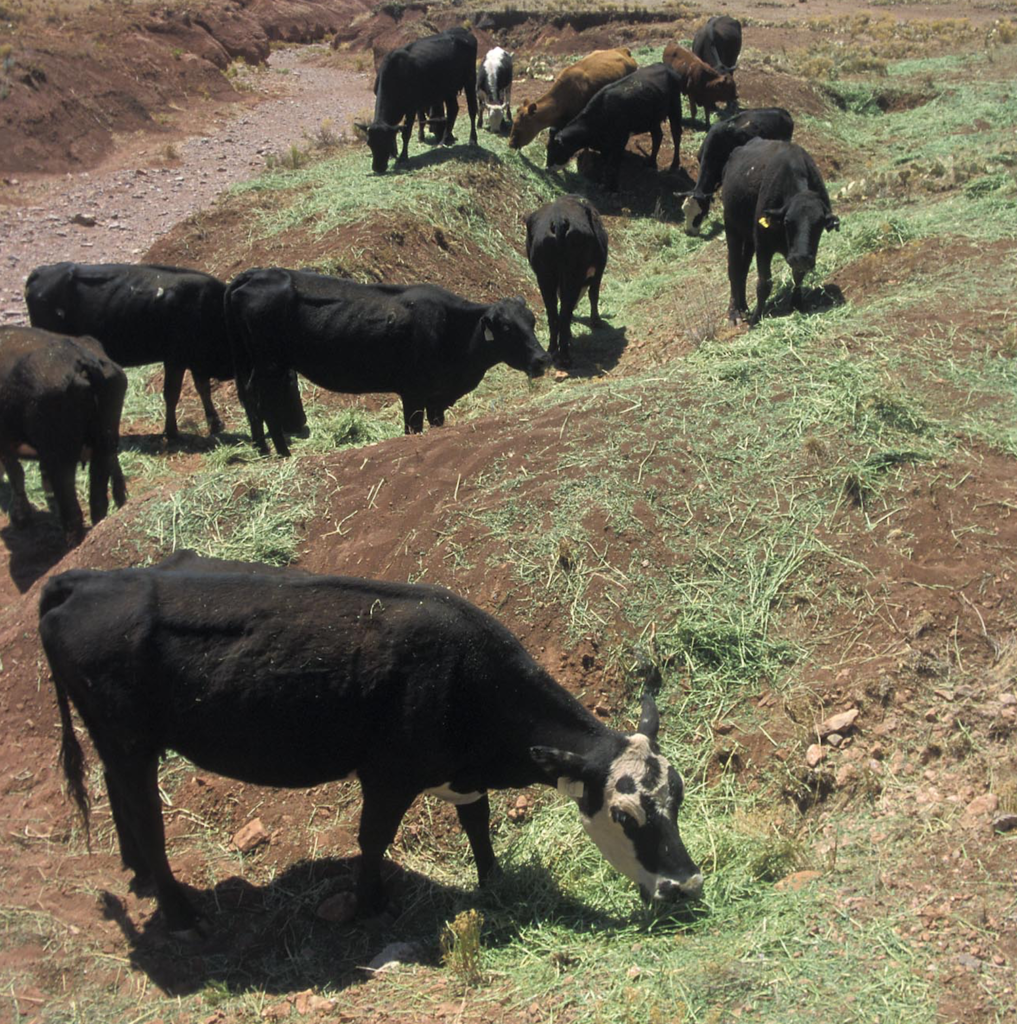
Cows applying the regenerative Kiss
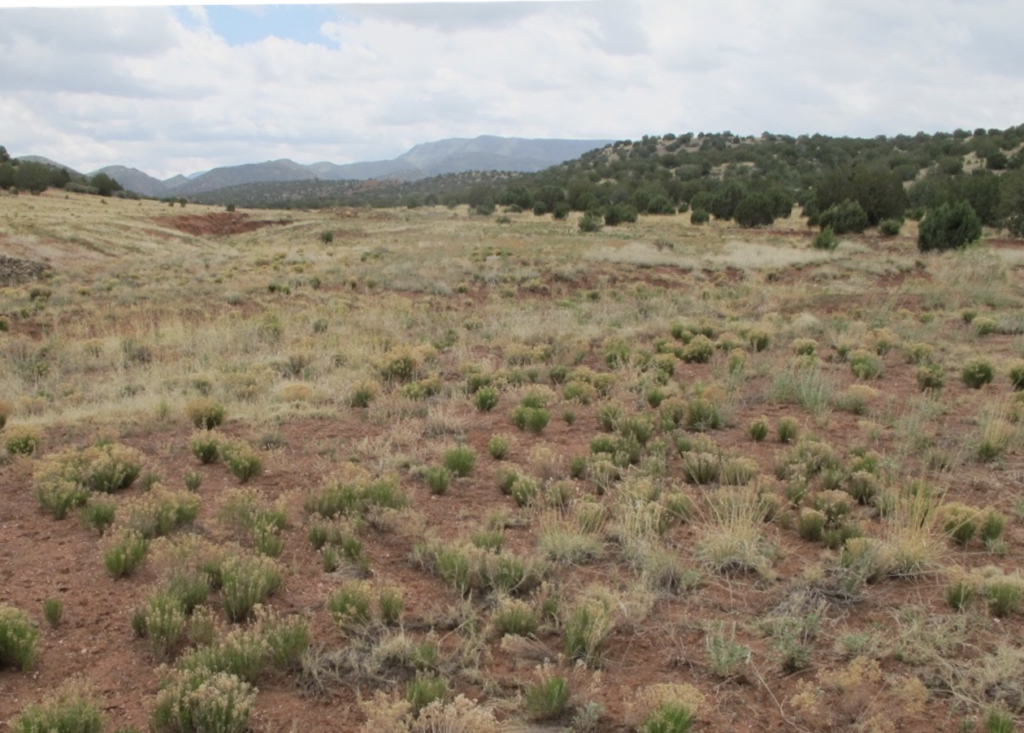
THE GROUND’S AFFIRMATION — THE KISS WORKED!
If that’s not a strong enough affirmation for you, how about something more challenging?
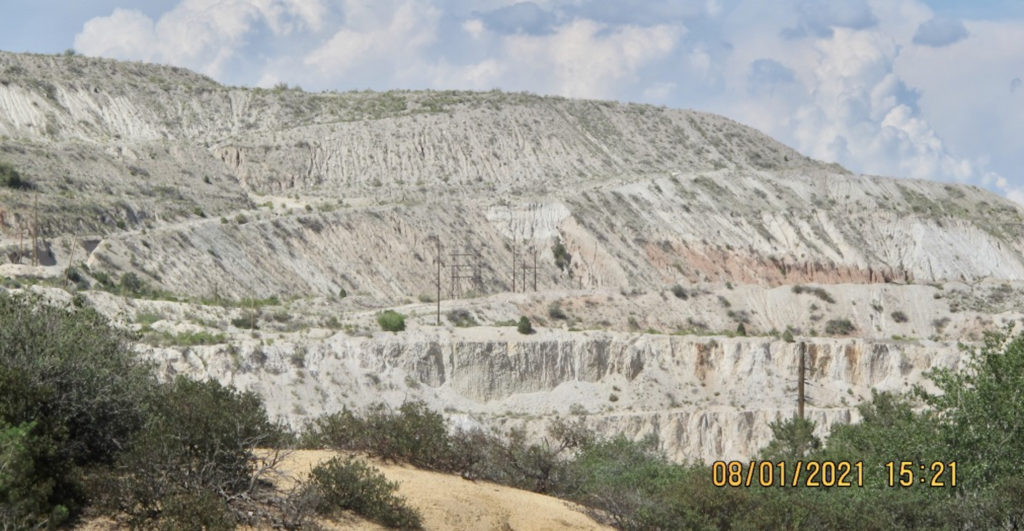
A huge pile of mine waste in Arizona
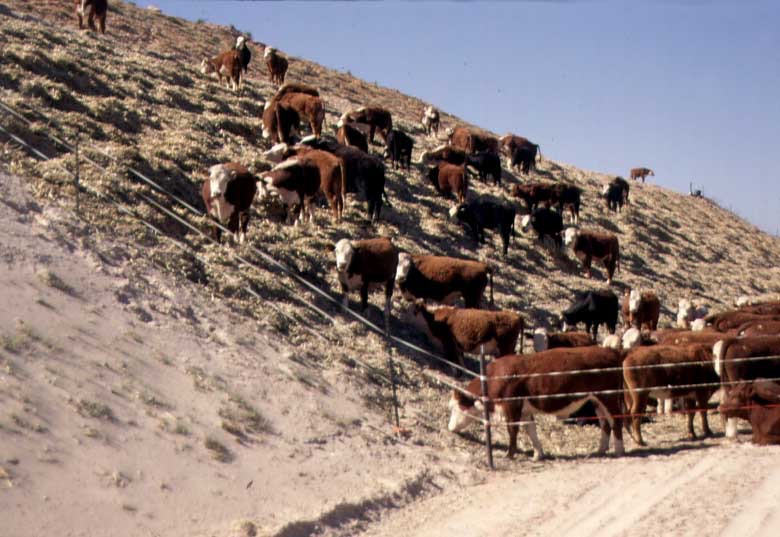
Cows kissing the mine waste
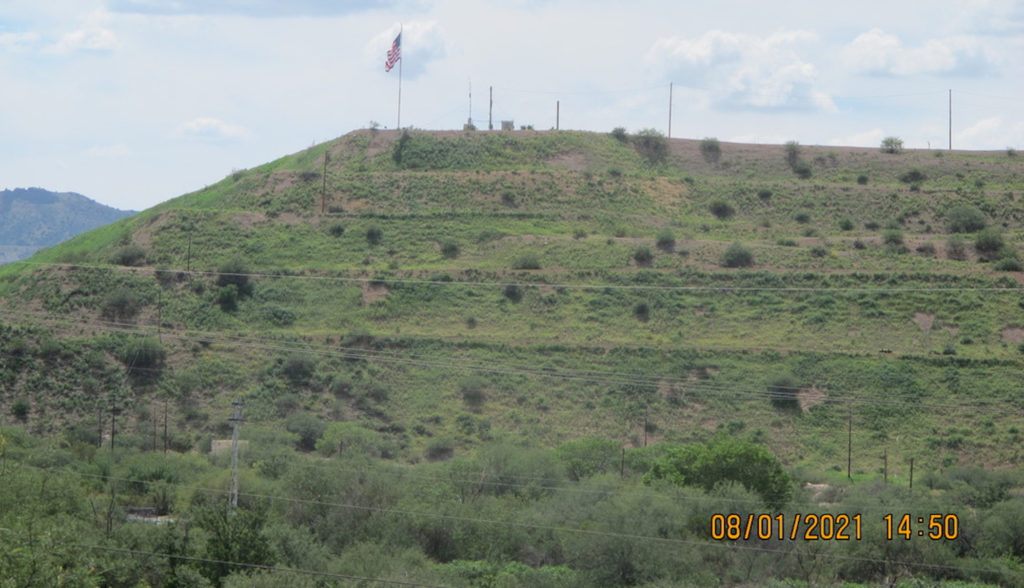
MINE WASTE KISSED AND HAPPY!
Looks like it’s time to start listening to the ground and giving it what it’s asking for — a big greening Kiss!


You may also like
-
Foot deformities in Texas foals caused by effects of nearby wind turbines
-
Bob West: Facing the reality of wolves, Colorado ranchers need to be prepared
-
Protect The Harvest: The whole truth about Western ranching
-
Study debunks simplistic idea that wolves fix ecosystems
-
Colorado forests being returned to health with logging and thinning

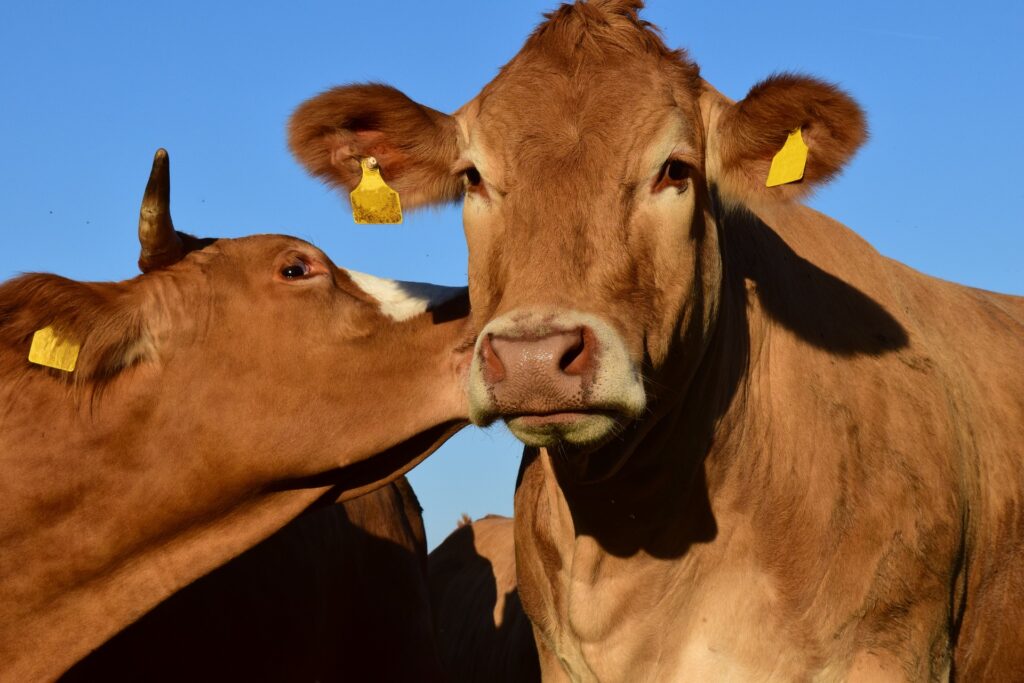
Grazing is the natural part of God’s cycle.
Used to be there were 60 to 80000000 buffalo grazing and roaming North America.
Now there’s bout that many cattle and sheep.
Farming works too. You can always build soil with farming and water. Chem fallow has helped.